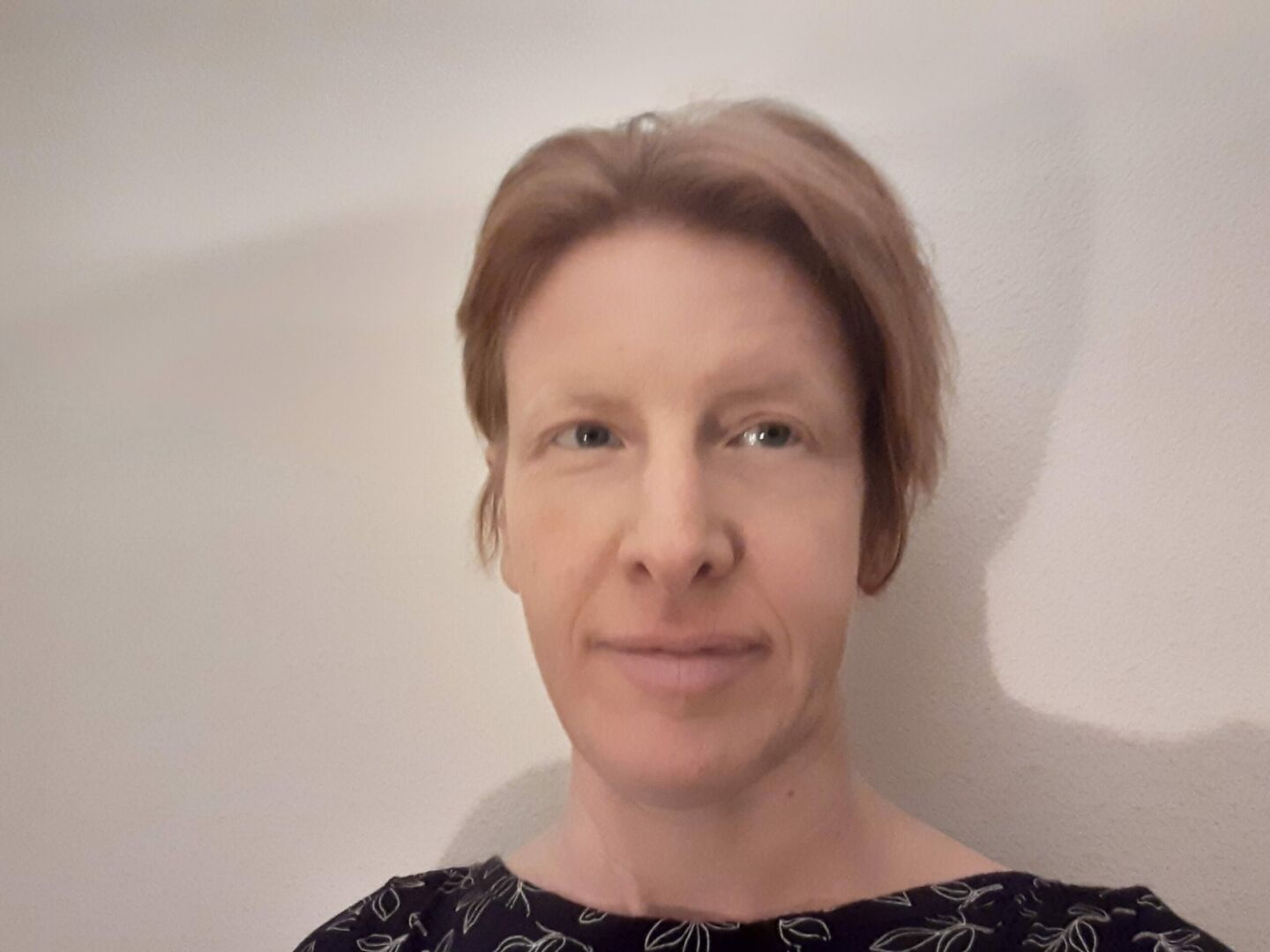
Young Advocates Set Their Eyes on Tackling Light Pollution

Earlier this month, the International Dark-Sky Association was contacted by a group of students from Bioscience High School in Phoenix, Arizona. The group, Helping Achieve a Renewable Planet (H.A.R.P.), has been researching the subject of light pollution and is now looking to implement an intervention project in their community to help combat the issue. The students held a stakeholder meeting with IDA staff, IDA Phoenix chapter, and other dark sky advocates to learn more about the dark sky movement and the challenges of mitigating light pollution.
By guest writer Aries Ramirez Licea, Bioscience High School

In 1994, the city of Los Angeles went dark due to a blackout caused by the Northridge Earthquake. Shortly after, the police began to receive a swarm of emergency calls – and it wasn’t because of the light shortage or the blackout. What people were seeing above them was an array of ethereal gleaming lights, known as the Milky Way. The large silvery cloud composed of glistening stars, clustered galaxies, and far away planets had not been visible to the naked eye prior to this event. If this were to happen today, the response would no doubt be similar. In fact, 80% of Americans can’t see the Milky Way according to an article by National Geographic (June 10, 2016), written by Michelle Z. Donahue. The problem isn’t just that many people haven’t – and probably won’t – get to see a starry night sky in their lifetime, but that our dark skies are disappearing. Something has to be done about it.
In the summer of 2018, an ambitious group of five students from Bioscience High School in Phoenix, Arizona gathered together with the hope of achieving one goal: to preserve our dark skies. Our group, Helping Achieve a Renewable Planet (H.A.R.P.), embarked on a four-year long project that summer. Although our interests were different, we came to together with the shared realization that light pollution negatively impacted each one of our passions. Aries, was influenced by protecting wildlife, Eduardo had an interest in conserving our ecosystems, Michael had a deep-rooted passion for human health, Emil was interested in learning more about economic impacts, and Samuel was driven by his love for astronomy.
To date, H.A.R.P. has gathered approximately three years worth of research about light pollution and its impacts. In summary, Aries found that artificial light affects animals by altering their natural environment. Eduardo found that excess artificial light hinders plant dormancy, in turn affecting the plants’ health. Michael discovered that excessive artificial light at night alters the internal clock of humans, which can lead to harmful health problems. Sam researched excessive use of energy and natural resources as a result of light pollution, which negatively impacts a nation’s economy. Emil focused on how different lighting design and bulbs contribute to light pollution, and how responsible lighting can reduce it. In short, the group found that light pollution doesn’t just affect our night sky, but it affects so much more than one would expect.
H.A.R.P.’s solution to the issue is to bring awareness to the problem and demonstrate the impact this challenge has on everyone. If you were to ask someone what light pollution is, chances are they’ll give the typical, “light pollution prevents you from seeing stars” response. To an extent, that answer is true. However, light pollution also impacts our biotic and abiotic community and people should be aware of that. Awareness starts conversations, and increases motivation for people to make a difference.
With H.A.R.P.’s research alone, we were able to support Shuala Corr, a middle school librarian in Cold Lake, Alberta Canada, in her efforts to create a ‘Star Science’ club. The club was developed for students interested in astronomy and who, as she stated, “are committed to tackle the city council with research on what the light pollution is doing to our area and the world.” By informing kids at a young age, they will be motivated early on to have a positive impact on their community and work towards solving a problem that will affect them in their future. H.A.R.P.’s research was able to help Ms. Corr, an individual 1,541 miles away from us. Imagine what you could do for dark skies, and who you could impact, in your own community!
H.A.R.P.’s journey in preserving our dark skies is just beginning and we have a long path ahead of us before we can make an even bigger impact. But, with the help of our community, and other like-minded people, our goal will become achievable. What starts with awareness can turn into a solution. By taking simple measures, such as talking with your neighbor about light pollution, limiting the amount of artificial light being used, or investing in dark sky friendly lighting, you too can work towards preserving our dark skies.
Learn more about IDA Advocacy here.



















